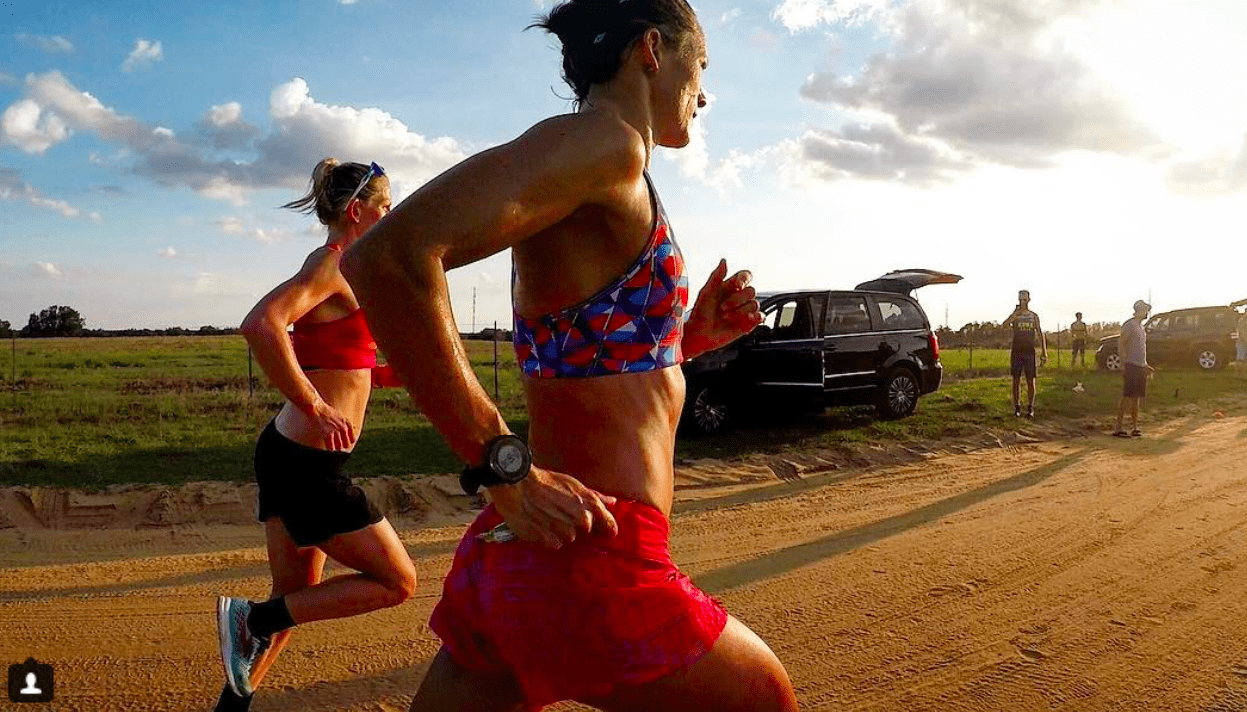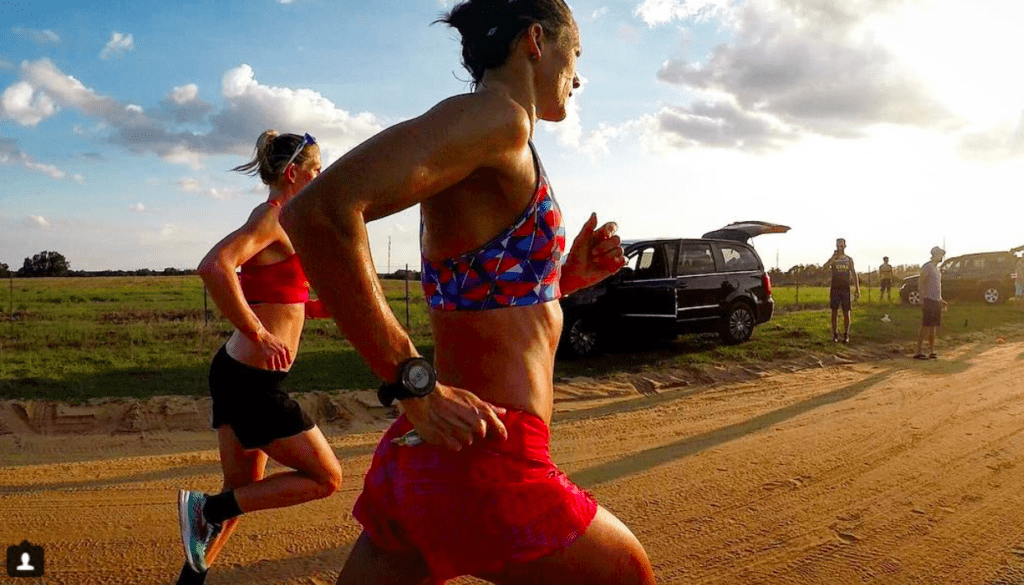Coach Paul Duncan’s guide to racing in the heat
In-depth tips for fuelling, pacing and drinking in the heat so you can execute your warm-weather race to plan this year.

One of the biggest questions coaches get around this time of year is “how can I race better in the heat?” It’s a logical question with lots of races taking place in warm climates over the next few months and summer on the horizon. Athletes are also getting used to the heat at warm weather training camps right now.
This can be a super tough thing for many athletes to execute properly, especially if the athlete has a high sweat rate, or has extra unnecessary body fat.
Some of the most important factors for racing well in the heat include the following:
Fuelling plan
In my opinion, this is the single most important factor when it comes racing in the heat, but it’s often overlooked. On a hot race day, your gut must be trained to tolerate the amount of fluid, calories, and sodium required to keep you hydrated. Most people simple just get this wrong, which is why we see so many athletes under-perform on hot days.
On average, athletes lose between 400 and 1000mg of sodium per 16 ounces of fluid sweat loss. An average 160 lb athlete will generally lose around 24+ ounces per hour in a race that is 80 degrees! That’s a lot needing to be replaced.The biggest thing to take away here is that you need to put together a logical fuelling plan that will ensure your sodium/fluid/caloric needs are met and balanced properly on race day.
Acclimate for the event
If you already live in a warm climate, this should be pretty simple. I recommend spending a lot of time in the sun/heat in the month building up to the race. The exception would be the week prior to the race — being burnt out from training in the heat the week of the race will probably not serve you well.
If you don’t live in a hot climate, but are racing in one, another option is arriving to the race two weeks early to get used to the climate. Instead of spending time sitting in saunas, I recommend focusing even more on the fluids in training by drinking much more than you will require on race day. Take advantage of what you have control over. Teach your body to tolerate more than it will need on race day.
Drink
I always recommend sport drinks, not water. Drinking sport drink instead of water will ensure you are meeting all of your needs (electrolyte, fluid, calories). Water is for dumping on your head, sport drink is for drinking.
Start drinking early. Drink enough to ensure that you pee during the bike ride (once for a half, twice for a full). Stop worrying about the athlete in front of you or passing you early on, and focus on getting your body ready for the rest of the day. Trust me, if they aren’t managing their fluid and pace, you will pass them back later. If you get behind on drinking, it is going to be very hard to catch up on the hydration later. If you go into the run depleted, you are not going to run to your potential. Following these basic drinking tips will dramatically increase your chances of running to your potential, assuming you also paced the bike ride properly.
Pacing plan
If it’s hot, you will need to adjust your pacing plan. Slowing down is most likely the answer. In a hot race, you are usually much better off to start on the conservative side. If you go out too hard, you will accumulate too much heat, and not be able to recover from this, leading to a much slower finish time.
Cool off before you get too hot:
I tell all of my athletes the same thing. When you are on the bike, if you are not feeling cold, you should be dumping water all over yourself at every aid station on the bike. Don’t wait still you start to get hot, it may be too late at that point. Of course, be sure to grab your sport drink to consume first — that is priority.
On the run, slow down at every aid station, grab sport drink first. Then dump water on your head, ice down the shorts, etc. This will make a huge difference. Do not just blow through the aid stations thinking that you are going to save time. Give up the extra five seconds early on, to save minutes later.
Overall, think logically. So many athletes let their ego drive them to just keep pushing the pace until the accumulated heat gets to a point of no return. Anyone can fake it at the beginning, but if you don’t take care of the little details early on I guarantee your race won’t go to plan.
Paul is a United States Army Veteran, USAT Certified Coach, QT2 Systems Level 1 Coach, and OutRival Racing Level 3 coach.
Paul also competes in triathlon and running events in his spare time.
Contact info:
paul@qt2systems.com
www.instagram.com/paulduncanjr

